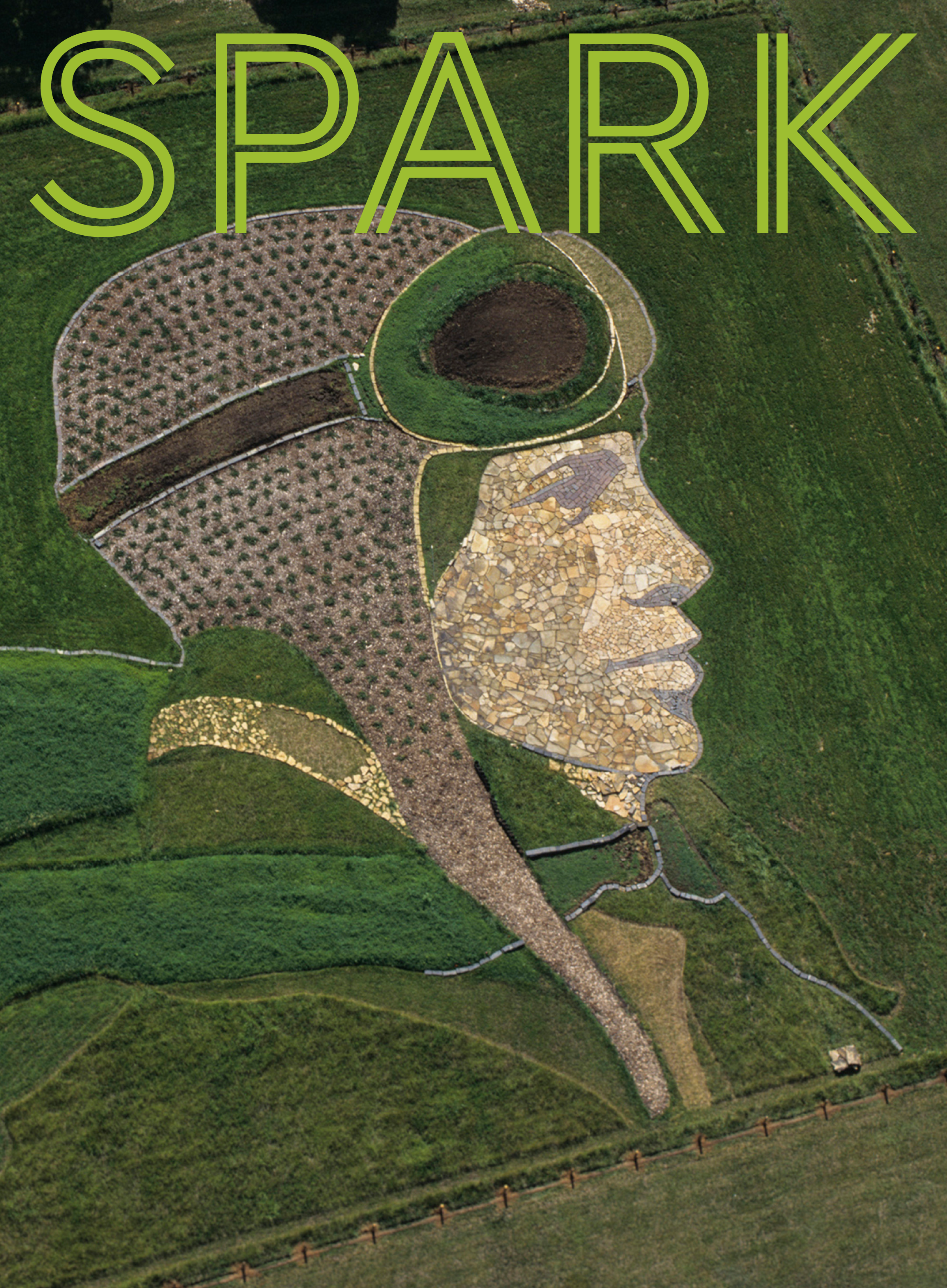A dog's life
 Research shows that somewhere between 15,000 and 27,000 years ago, dogs began to evolve from Canis lupis, the gray wolf. Why? There are a couple of hypotheses: 1) Wolves began to follow humans, domesticating themselves; and 2) Early hunter-gatherer humans caught wolf cubs, keeping them as pets and gradually leading to their domestication.
Research shows that somewhere between 15,000 and 27,000 years ago, dogs began to evolve from Canis lupis, the gray wolf. Why? There are a couple of hypotheses: 1) Wolves began to follow humans, domesticating themselves; and 2) Early hunter-gatherer humans caught wolf cubs, keeping them as pets and gradually leading to their domestication.
No matter who chose whom first, one thing is certain: dogs and humans became close companions. Across the world, people selectively bred dogs for specific traits, creating an “artificial” evolution of what are recognized today as a variety of dog breeds.
Classes
 Hounds: Long ears help trap scents near the snout for this group of dog breeds. Their keen sense of smell helps hunters to track animals. Today, hounds are frequently used by police agencies to help find people, drugs and even help detect sugar levels as assistance dogs for individuals with diabetes.
Hounds: Long ears help trap scents near the snout for this group of dog breeds. Their keen sense of smell helps hunters to track animals. Today, hounds are frequently used by police agencies to help find people, drugs and even help detect sugar levels as assistance dogs for individuals with diabetes.
Herders: Bred to help herd animals like sheep and cattle, herders are energetic and athletic enough to keep an entire herd in order through a hunting instinct while being intelligent enough to learn highly specific herding commands.
Workers: Large and muscular, worker dog breeds were bred for physically laborious tasks. Siberian Huskies, for example, can pull sleds of people and supplies across the snow while the Newfoundland’s webbed feet and water-resistant coat make it a common water rescue dog.
Toys: Often miniature versions of other breeds, toy dogs were designed for human companionship only. Their small size makes them easy to care for, especially in small, indoor settings. Toy breeds are highly dependent on humans, so much so that many lack traits that might help them survive in the wild. Most bulldogs, for example, cannot breed without human intervention.
Now and then
Breeds continue to evolve, and some common dog breeds look a bit different today than they might have in the past.
Chinese Shar Pei
Modern versions of this breed have more wrinkled layers of skin and a less elongated snout and face.

Bulldogs
Bulldogs are less muscular and more wrinkled today than 100 years ago.

Bull Terrier
Over time, this dog’s head shape has become more convex.

Sources: BBC, Smithsonian, PBS, American Kennel Club, iheartdogs.com
Send your questions or feedback to ithink@anythinklibraries.org or post in the comments below.

